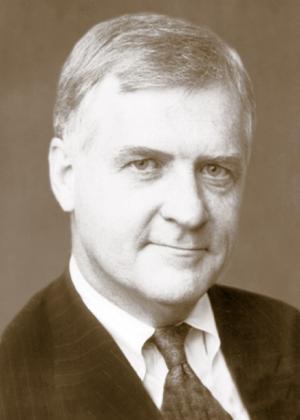And for a reasonable regulatory policy for new broadband technology.
Charles A. Zielinski is a partner in the Washington, D.C., office of Bell, Boyd & Lloyd PLC. He was chairman of the New York State Public Service Commission from 1977 to 1981.
The Federal Communications Commission (FCC) and some state regulators support, for good reasons, the widespread deployment of broadband over power line (BPL) communications platforms that make use of existing electric utility distribution systems. In rural areas that have no broadband wire access, BPL could fill the gap in service. In geographic markets or sub-markets equipped only for digital subscriber line (DSL) or cable-modem service, a BPL platform would eliminate a broadband wire monopoly. Where both DSL and cable modem are available, BPL would stimulate more effective competition, just as the addition of more carriers did to the former duopoly in the commercial mobile radio services market.1 Moreover, BPL could leverage more value from existing electric utility assets while opening opportunities to improve the quality and efficiency of electric power service through automated meter reading, distribution system management and monitoring, and remote load control and fault detection.

To achieve these benefits, policy-makers must resolve a number of issues, including: (1) harmful radio interference; (2) access; and (3) cross-subsidies.
If their policies impose diseconomies on the operation, design, or financial structure of BPL, widespread deployment of the technology is unlikely.

